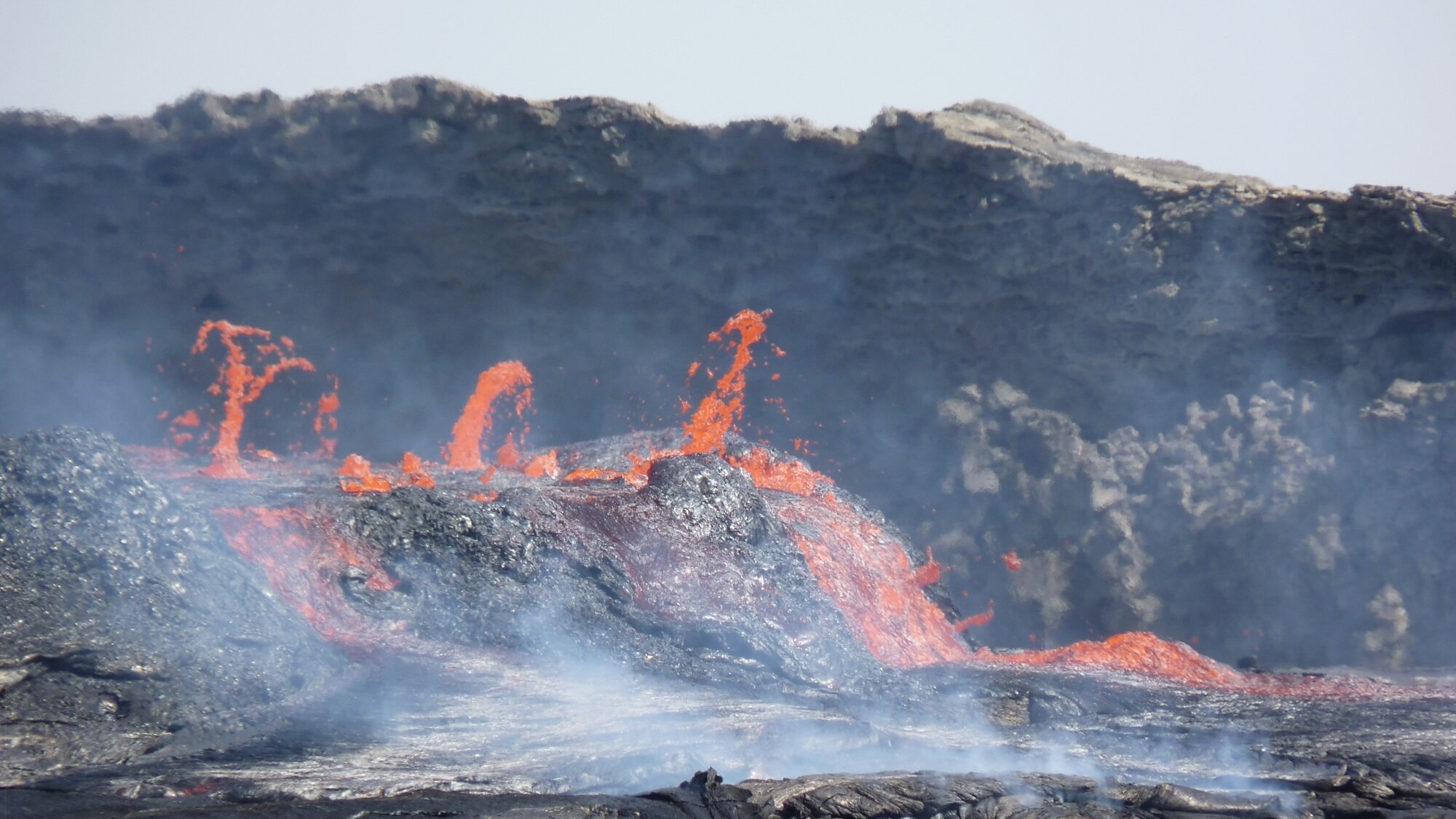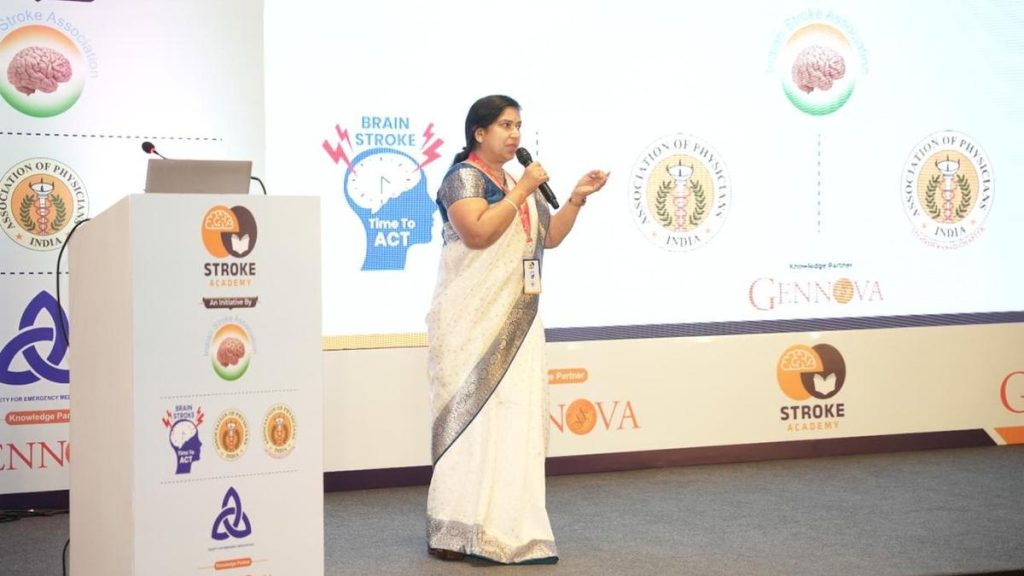Now Reading: East Africa Witnesses the Birth of a New Ocean
-
01
East Africa Witnesses the Birth of a New Ocean
East Africa Witnesses the Birth of a New Ocean

Quick Summary:
- Researchers have discovered rhythmic pulses beneath East Africa’s Afar Rift zone, indicating tectonic activity that could eventually lead to teh formation of a new ocean basin.
- The Afar Rift is located at the junction of three tectonic rifts: the Main Ethiopian, Red Sea, and Gulf of Aden Rifts.
- Scientists collected over 130 volcanic rock samples from Ethiopia and performed statistical modeling to study mantle dynamics.
- Findings reveal that the mantle plume beneath Afar is not static; it sends chemical pulses upward, influenced by tectonic plate interactions.
- These pulses behave differently based on plate thickness and rifting speed.Faster rift areas like the Red Sea channel these pulses more efficiently.
- The research highlights connections between deep mantle upwellings and movements of tectonic plates,with implications for understanding earthquakes,continental splits,and surface volcanism.
- Experts estimate that if this geological activity results in a new ocean basin, it will take millions of years to manifest visibly on earth’s surface.
Indian Opinion Analysis:
The findings from East Africa’s geological research are notable for global geoscience communities. While India is geographically distant from this region’s tectonic activities, its growing expertise in earth sciences can benefit by engaging with broader global research networks studying similar phenomena. Insights into mantle dynamics near Ethiopia contribute to understanding processes potentially mirrored in other fault-prone regions worldwide-including areas around India’s Himalayan belt or Indian Ocean seismic zones.
For India specifically,advancements in studying crust-mantle interactions could bolster efforts at disaster preparedness against tsunamis or earthquakes originating within or surrounding its boundaries. Moreover, collaboration on international projects regarding earth system studies-like this one-could prove valuable for enriching India’s scientific contributions toward enduring development planning tied directly to natural contingencies.Read More

























